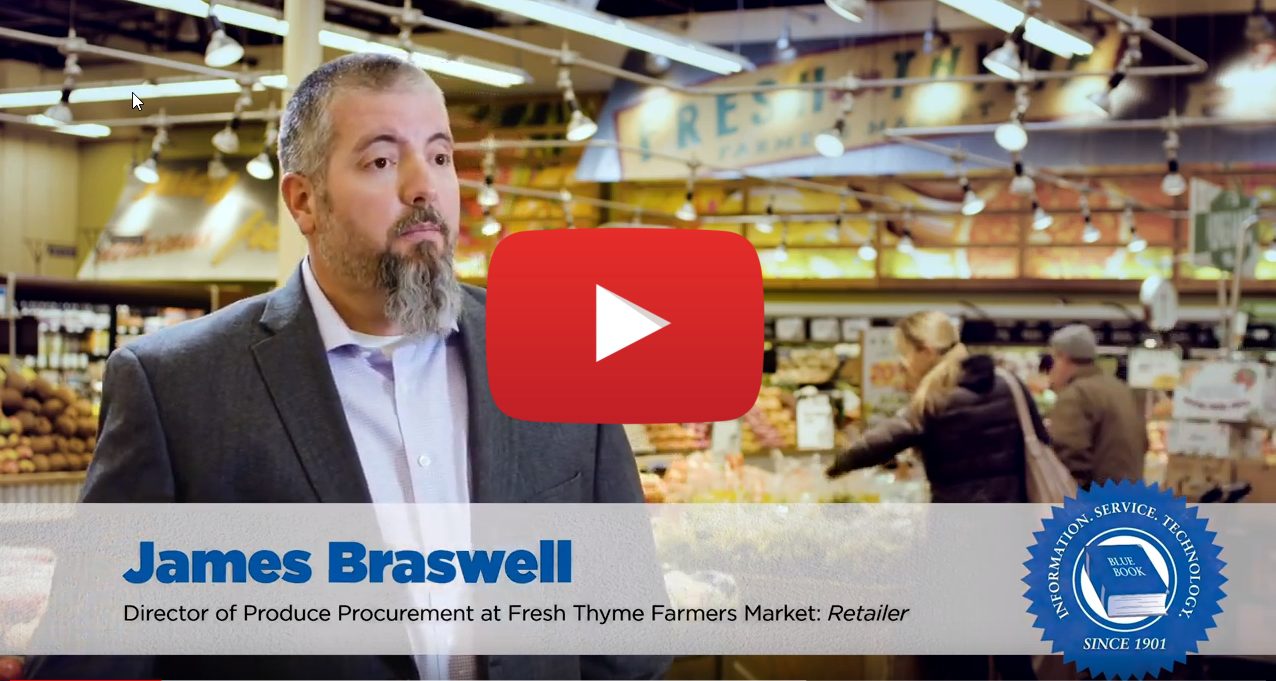Although Georgia is commonly called the Peach State, its agricultural prowess extends far beyond this tasty fruit.
Yes, peaches remain a top commodity in the state, but Georgia represents far more than succulent peaches and sweet onions; it has become a major hub for the southeastern produce industry.
Part of the appeal is the Atlanta State Farmers Market, where growers, distributors, processors, and retailers gather to buy and sell. Georgia’s fertile acres attracted settlers long ago, and centuries later, the state is one the nation’s top producers for several fruits and vegetables.
A FOUNDATION IN FRUIT
Long before Columbus sailed the ocean blue, Franciscan monks were introducing peaches to the coastal regions around St. Simons and Cumberland as early as 1571. The sweet, juicy fruit was then cultivated by Cherokee Indians and settlers alike, as Georgia became the thirteenth British colony.
As the years passed, Georgia peaches gained acclaim and made their way north, appearing on the New York market between 1858 and 1860. Of course, a great deal has changed since then—today, the Peach State boasts not only a major wholesale produce market in Forest Park, but numerous state-sponsored farmers’ markets—each with far more sophisticated distribution channels than the steamboats of the 1800s.
Agriculture has long been an important industry in Georgia, with the colony’s founder James Oglethorpe asking Native Americans for advice on growing in the region right from the start. Colonists even hired a botanist and established an experimental garden—the first of its type in America. Today, research remains an important aspect of Georgia’s produce industry with the University of Georgia’s extension campuses actively engaged in protecting crops and developing new cultivars.
THE MARKETS
Georgia agriculture brings more than $72 billion to the state’s coffers each year, and much of this value is generated by its famous peaches, Vidalia onions, and blueberries grown on predominately family-owned and operated farms. Many of these growers send their harvests to a number of state-sponsored farmers’ markets to meet local and regional demand. Most of these markets handle a combination of wholesale and retail sales, offering buyers a wealth of fresh produce to choose from.
Run by the Georgia Department of Agriculture, the farmers’ markets are located in Atlanta, Augusta, Cairo, Cordele, Columbus, Macon, Moultrie, Savannah, Thomasville, and Valdosta. Two of these markets are seasonal (Cordele and Macon), but all serve as regional hubs for the quick and effective distribution of the many products grown, shipped, and distributed throughout Georgia and beyond.



